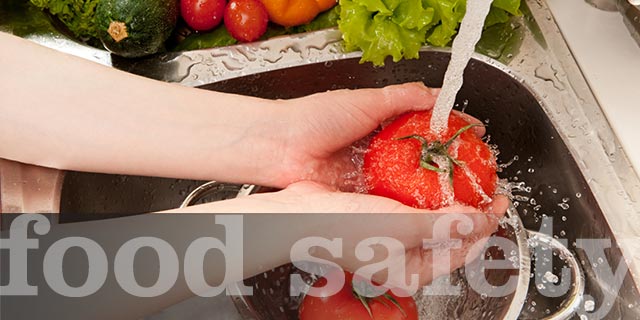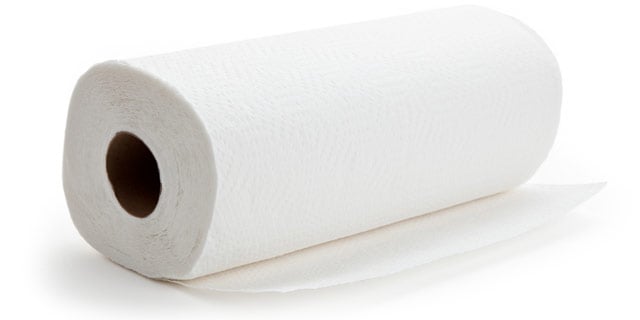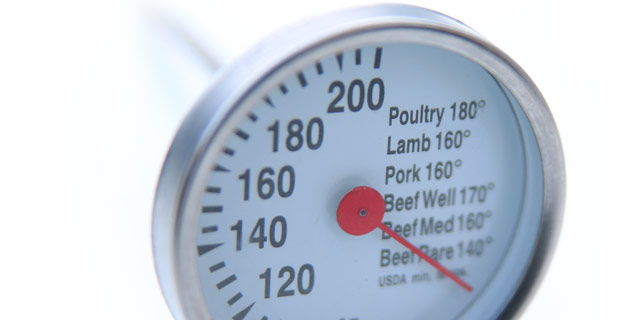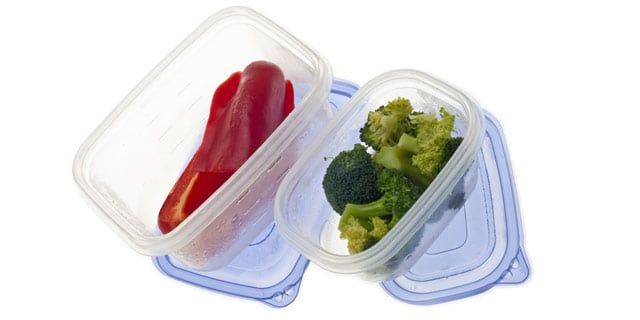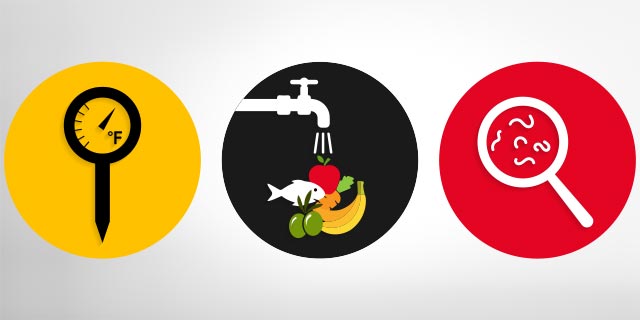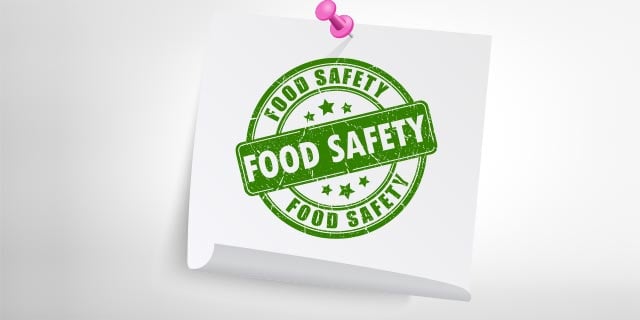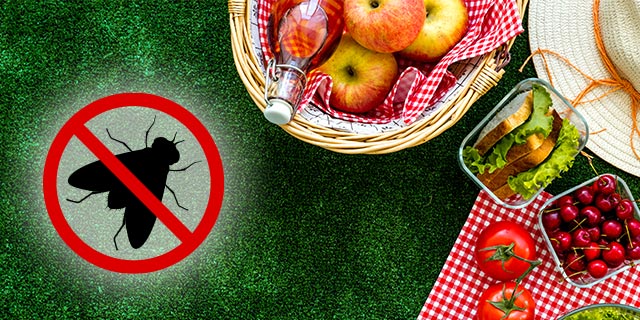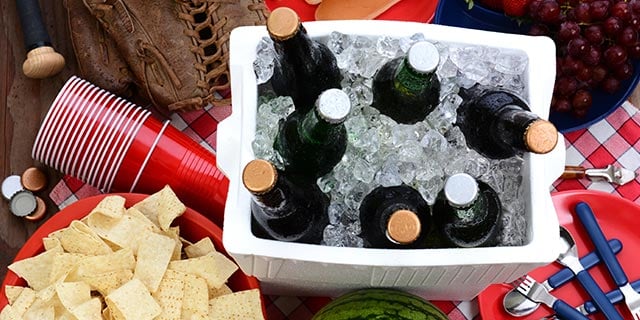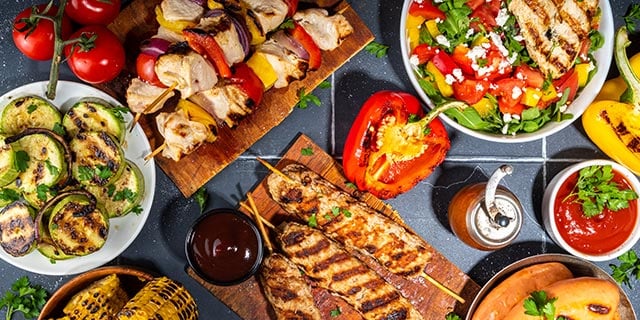Kraft Heinz Foods Company, a Newberry, S.C., establishment, is recalling approximately 367,812 pounds of fully cooked turkey bacon products that may be adulterated with
Listeria monocytogenes (Lm).
The full announcement can be found here: https://www.fsis.usda.gov/recalls-alerts/kraft-heinz-foods-company-recalls-turkey-bacon-products-due-possible-listeria
The following affected product was sold at our Houghton, Marquette, Iron Mountain, Sturgeon Bay, Clintonville and Brillion store locations in the Meat Department.
| Product | UPC | Use By Dates |
| Oscar Mayer Turkey Bacon, 12oz | 71871-54860 | 18 JUL 2025 to 02 AUG 2025 and lot code RS40 |
The problem was discovered after the establishment's laboratory testing indicated the product may be contaminated with Lm.
There have been no confirmed reports of adverse reactions due to consumption of these products. Anyone concerned about an illness should contact a healthcare provider.
Consumption of food contaminated with Lm can cause listeriosis, a serious infection that primarily affects older adults, persons with weakened immune systems, and pregnant women and their newborns. Less commonly, persons outside these risk groups are affected.
Consumers with questions regarding the recall can contact Kraft Heinz Food Company consumer hotline at 1-800-280-7185 or email [email protected]. Media with questions can contact Lynsey Elve, Director of Global Corporate Communications, Kraft Heinz Food Company at [email protected].
